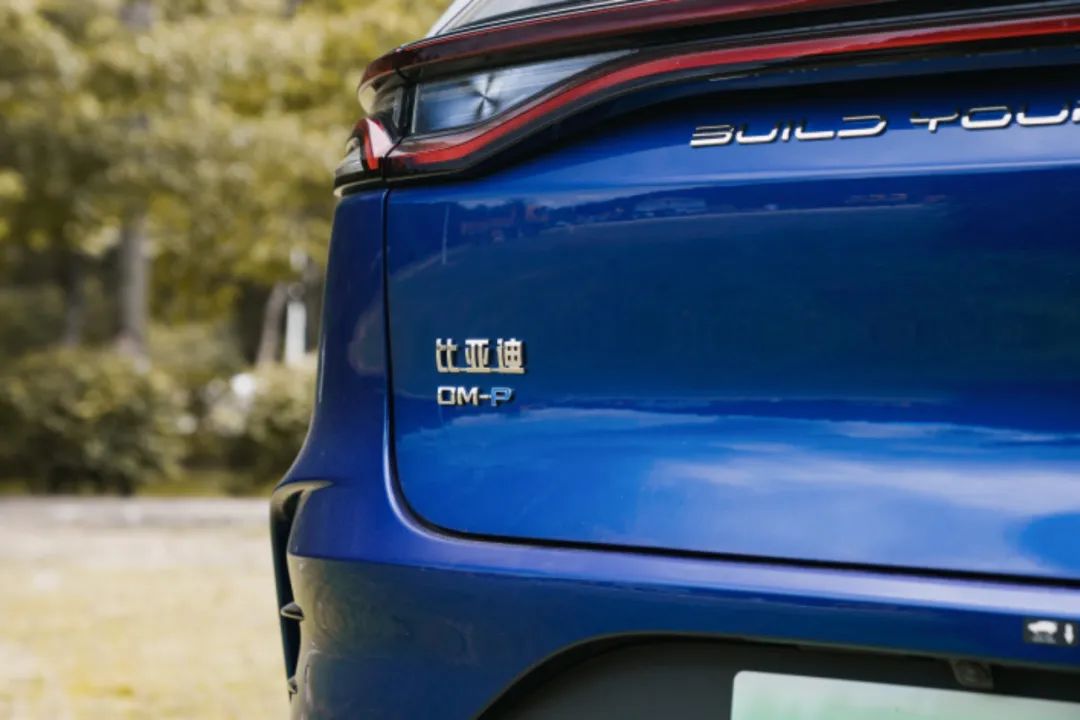Writing by: Wu Jingtao
“Fast, good and cheap” plug-in hybrid.
Looking at the changes and challenges in the domestic automobile market in the first half of this year, we can find that in such an environment, there is an independent brand that has emerged as a rising star, with sales surpassing 100,000 for four consecutive months, and the total sales in the first half of the year reaching 643,000 vehicles, a year-on-year increase of 162.9%.
In the first half of this year, in the context of international supply chain tensions and the impact of the epidemic on the domestic industrial chain, this achievement is quite impressive. Speaking of which, I believe many people can already guess that it is – BYD.
When it comes to BYD, the first time this brand left a deep impression on me was at the 2014 Beijing Auto Show when they launched the “542 strategy” (i.e., acceleration of less than 5 seconds per 100 km, full-time electric four-wheel drive, fuel consumption of less than 2 liters per 100 km), the most representative of which was the first generation Tang.
In 2015, Tang, as a mid-size SUV, achieved a 4.9-second zero-to-100 km/h acceleration result, which was an absolute leader among models in the same price range. It also gave many people, including me, the first impression of Tang as well as BYD’s plug-in hybrid technology – performance.
However, with the development of technology and the overall orientation of market demand, BYD’s plug-in hybrid models that followed placed “efficiency” first, and plug-in hybrid models that pursued “high performance” like the first-generation Tang gradually faded from our sight.
But with years of investment, BYD’s plug-in hybrid technology has finally had a big harvest in the past two years, and the DM-i model has been highly sought after in the market, with sales steadily increasing. In this context, BYD has finally come up with the DM-p with greater emphasis on performance as part of its dual-platform strategy.
And what we bring to you today is the brand new Tang DM-p model, which is highly similar in product orientation to the first-generation Tang, with a pre-sale price of 292,800 to 332,800 yuan after subsidies. Today, let’s talk about whether the plug-in hybrid BYD Tang in the 300,000 yuan range is worth the money.
There are differences in appearance, and six seats are exquisite
Before discussing performance, according to tradition, let’s first introduce to you the highlights of this car in terms of static design and configuration.Firstly, let’s talk about the appearance. BYD Tang Family currently offers three different models: the pure electric Tang EV, the plug-in hybrid Tang DM-i, and the Tang DM-p. Apart from the differences in the tail tags, BYD also employs differentiated designs in the front-end of these three models.
The Tang DM-p we tested this time still adopts the Dragon Face design of the BYD family style, but it uses a brand new matrix-style intake grille with dragon scale-like shapes on the front face. The grille’s two sides also have bright black decorative stripes that extend to the air ducts on both sides of the front bumper, making the car’s front face richer and more textured, which enhances the differentiation between it and the DM-i model of Tang Family.
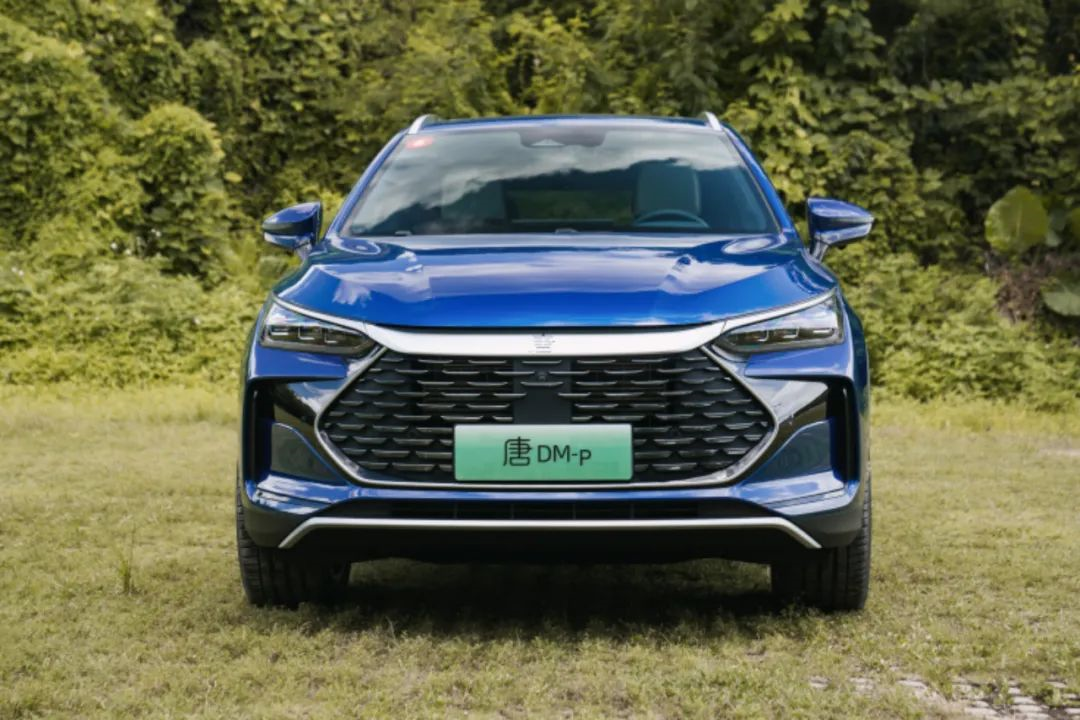
The main change in the side view of the car is the five-spoke low-drag wheels with a new style, matched with Michelin PS4 SUV tires in 265/45 R21 size.
Regarding the choice of tires, including BYD, many independent brands are usually willing to invest more in costs. In my opinion, this is also a wise choice, as a good set of tires undoubtedly leads to performance improvement and better driving quality. And inside the wheels, the figure of the familiar Brembo’s front 6-piston brake can still be seen.
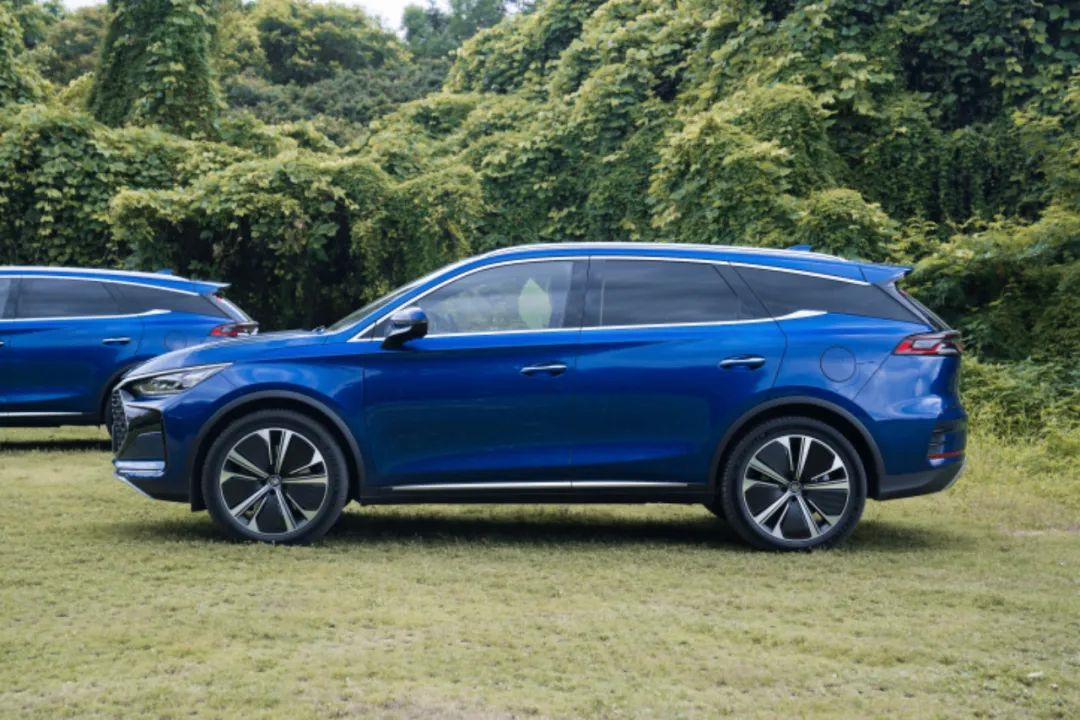
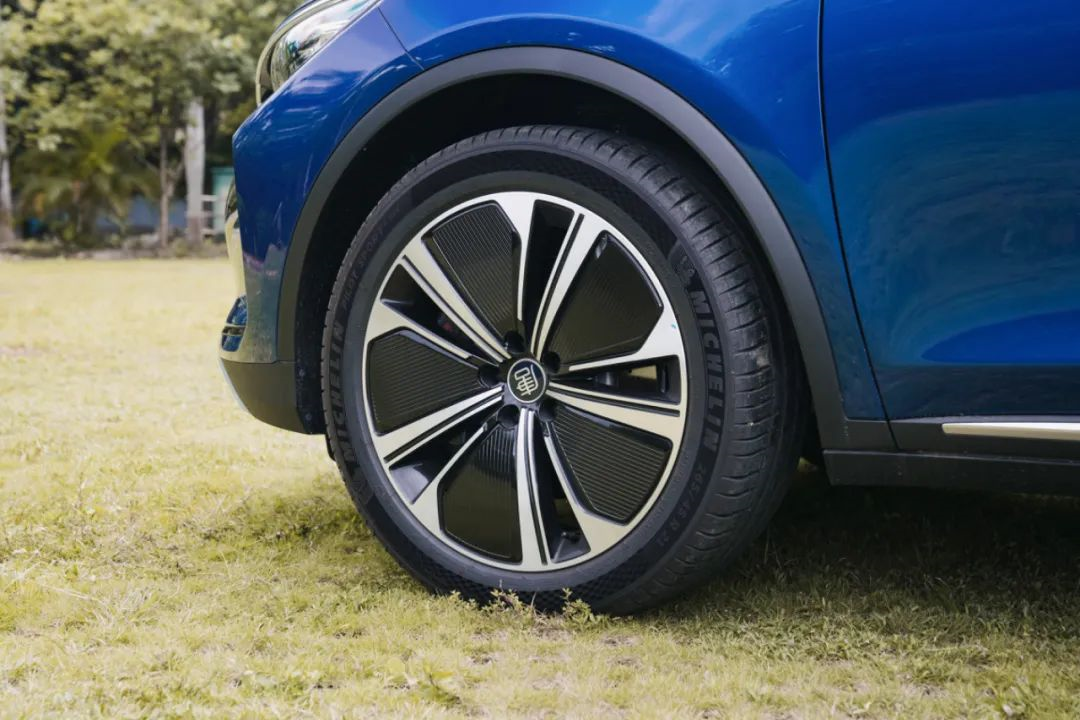
The difference in the tail mainly lies in the label. Whether it is the DM-p on the left or the 4.3S label on the right, they are telling everyone that it is a more powerful plug-in hybrid model.
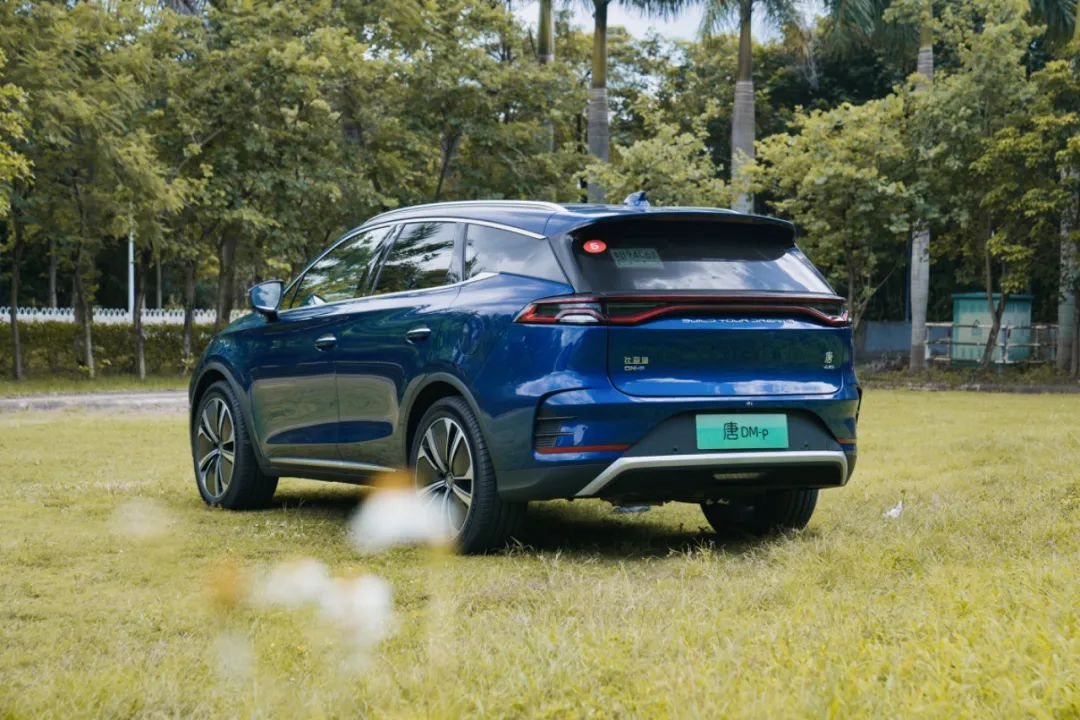
The interior design is highly similar to other versions of the current Tang model, incorporating familiar features such as the 15.6-inch 8-core rotating suspension Pad (equipped with the latest 5G DiLink4.0 system), the 12-speaker Danaher China joint development sound system, as well as the W-HUD and other highlight configurations.
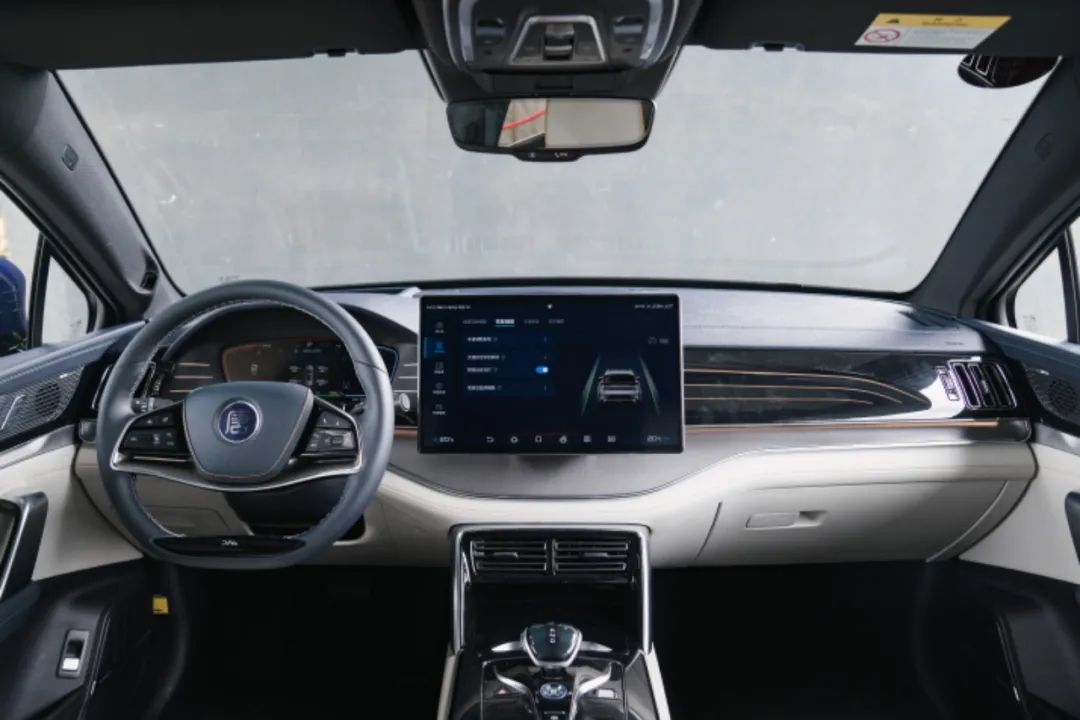
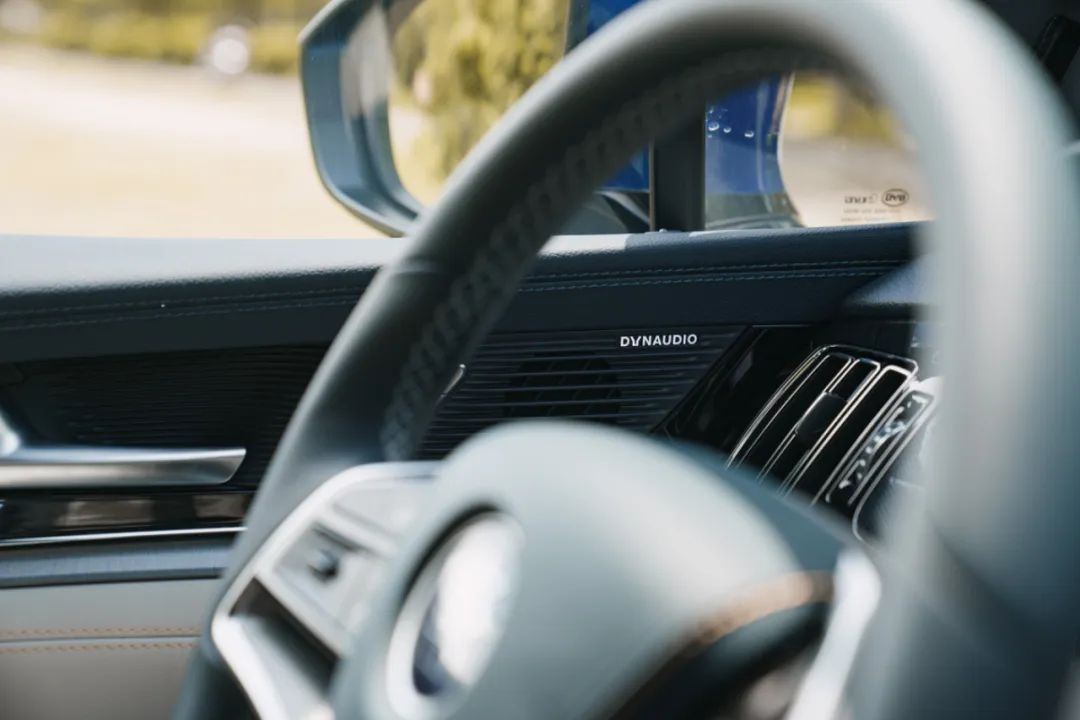 The most impressive part of the whole car for me was the RMB 10,000 optional six-seat layout. Compared with the seven-seat version, the big six-seat version not only has two middle-row independent seats, but also has electric adjustment, ventilation, heating, and massage functions for all four seats in the front and middle rows.
The most impressive part of the whole car for me was the RMB 10,000 optional six-seat layout. Compared with the seven-seat version, the big six-seat version not only has two middle-row independent seats, but also has electric adjustment, ventilation, heating, and massage functions for all four seats in the front and middle rows.
Especially the massage function, BYD specifically developed a 10-point seat massage function after experiencing and researching a large number of massage seats on the market.
During the test drive, the massage function received unanimous praise from the media teachers in the same car. Not only does it have more massage points and area than previous massage seats, but its five massage modes and three levels of intensity adjustment can also meet the needs of a wider range of people.
With the addition of an aromatherapy system with three fragrance options, the riding experience in this Tang DM-p is particularly relaxing and comfortable.
As a medium-sized SUV with a 2820mm wheelbase, I believe most people’s expectations for the third row riding experience are not too high.
But in fact, the third-row riding experience of this Tang DM-p is better than I expected. When there are passengers in the third row, as long as the middle-row passengers can make some space forward, the third-row backrest angle and seat cushion support of this Tang DM-p can meet the riding needs of a certain distance, which is better than the “emergency third row” experience of some car models.
In summary, the most impressive part of the static section for me is this RMB 10,000 six-seat optional package. Therefore, I strongly recommend friends who considering Tang DM-p must take their families to experience this six-seat version. I believe that with its riding experience, it can impress many people to spend extra money on the optional package.
Stronger, faster, and more fuel-efficient
Regarding this Tang DM-p, the most concerned point for everyone is performance. While talking about performance data, I also want to talk to everyone about the positioning and product concept of this car, so that everyone can better understand these numbers.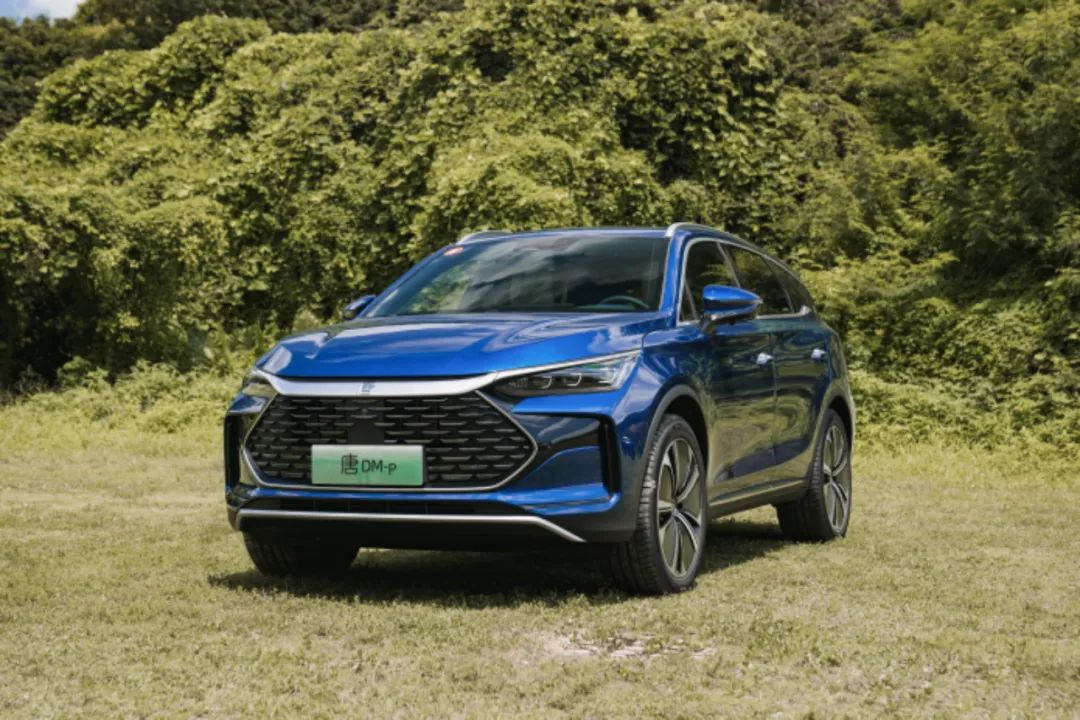
When the Tang DM-i model was widely recognized by consumers in the market, natural people had more demands for this medium SUV with excellent comprehensive performance in terms of space, efficiency, power and other dimensions. These demands are mainly concentrated in two aspects, performance and usage scenarios.
From this perspective, the improvements of Tang DM-p compared to Tang DM-i are focused on these two points. Tang DM-p adopts a Qualcomm 1.5T engine, and the engine and front motor are the same as DM-i.
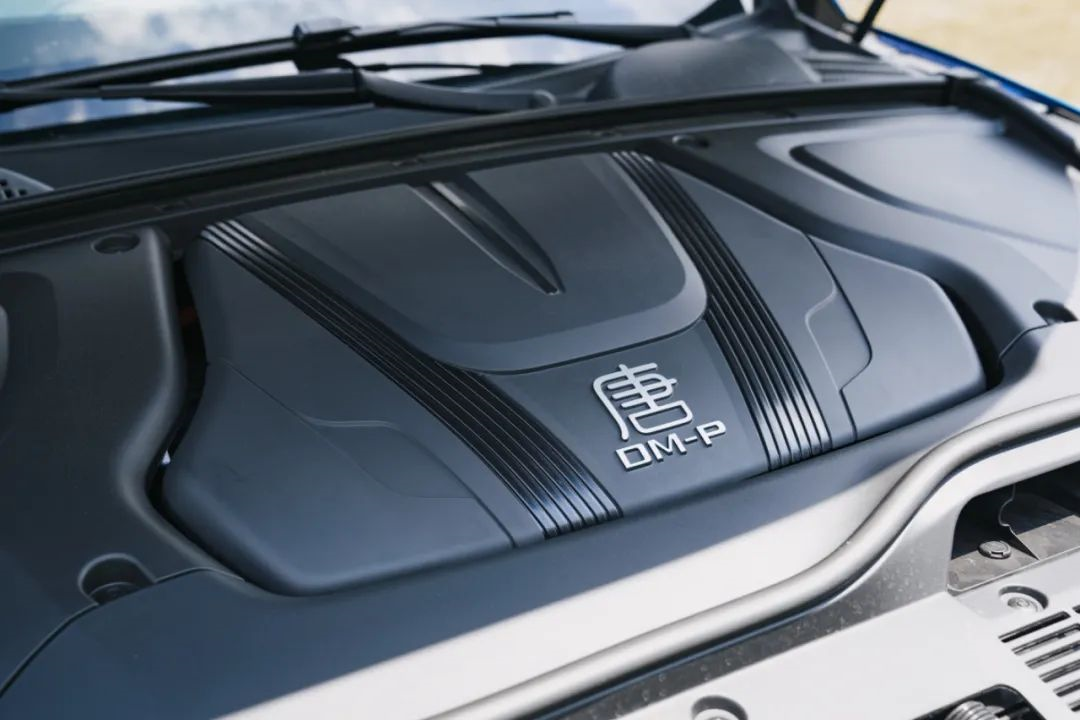
The difference between the two is that Tang DM-p has added a rear-drive three-in-one assembly, and the total power of the whole power system can reach 452kW and 615Ps.
At the same time, it is equipped with an intelligent electric four-wheel drive system and an Eaton differential lock to enhance handling and passing performance. After performance enhancement, the new car’s 0-100km/h acceleration score is 4.3 seconds, which is the fastest accelerating model in the “Tang Family”.
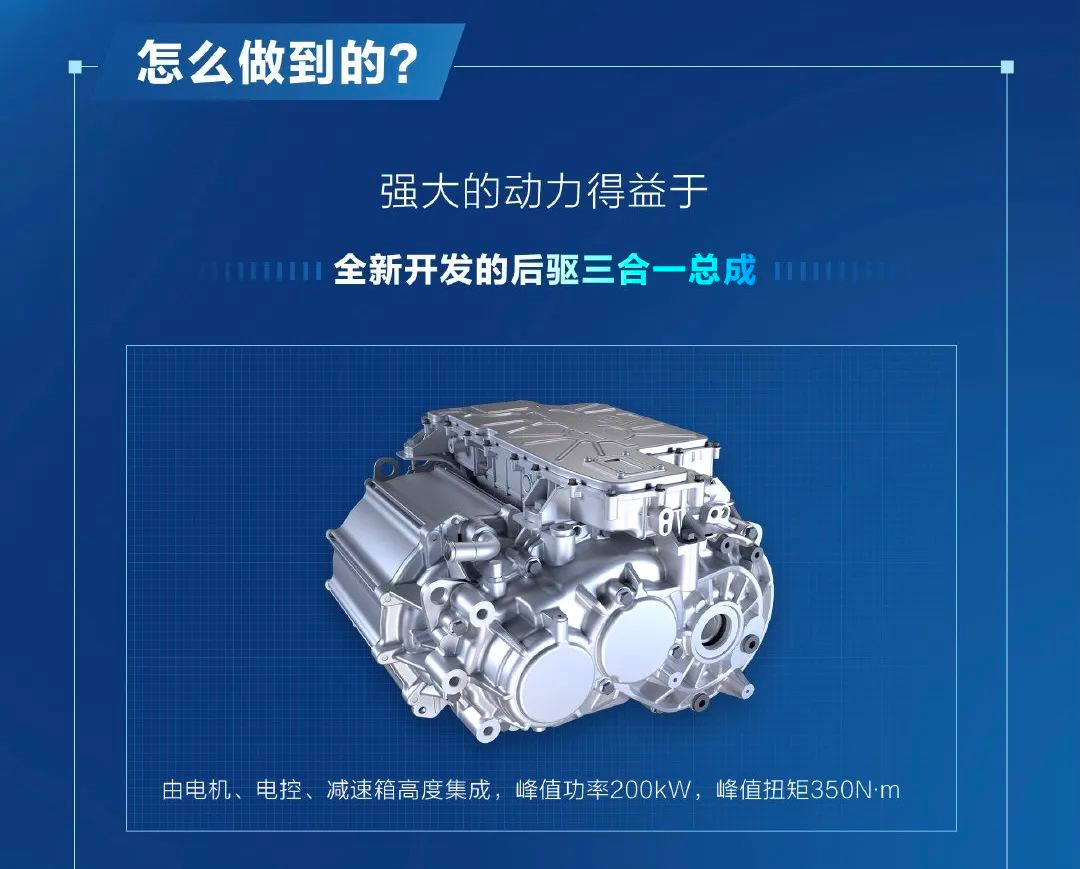
At the product launch, BYD stated that this acceleration score is not the strongest level of this system. The current power level tuning is based on efficiency considerations. So how efficient is it?
The official data shows that the pure electric range of this Tang DM-p is 215km. In the case of loss of electricity, fuel consumption is only 6.5L/100km, and the comprehensive range of full electricity and full oil can reach 1,020km (NEDC conditions).
Since the driving mileage on the day of the test drive was not enough to allow the vehicle to enter the state of electricity loss, but after half a day of shooting and more intense test drives, this Tang DM-p consumed 2.2L/100km in fuel consumption with 50% remaining electricity. As a medium SUV with an equipped quality of 2.4 tons, this achievement also shows the high efficiency of this system.
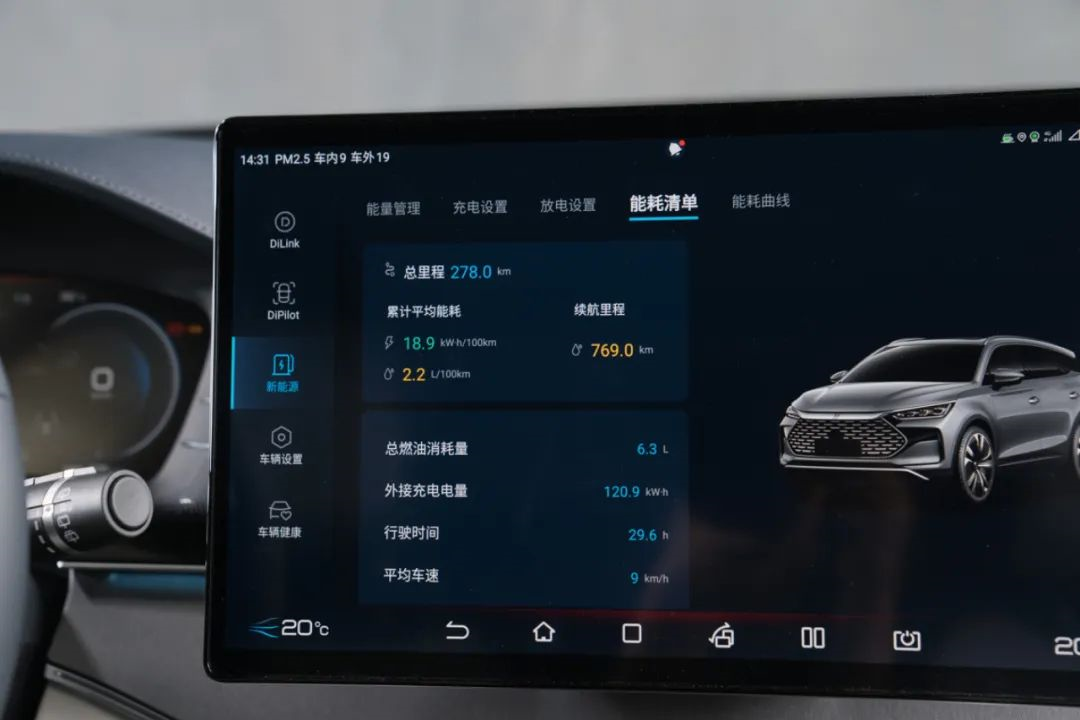
In terms of driving experience, the most intuitive feeling that this Tang DM-p gave me is “smooth and enjoyable”. Due to the characteristics of the motor’s power delivery, BYD’s plug-in hybrid models already have a good power response experience.The Tang DM-p, which emphasizes performance with its dual motors at the front and rear, provides abundant power and responsiveness during both acceleration and overtaking, even in economy mode. The vehicle offers three driving modes – economical, normal, and sport – and even in economy mode, the Tang DM-p has enough power to easily handle daily city commuting, thanks to its 500 horsepower and 4.3-second acceleration time.
In response to the experience of previous plug-in hybrid models, whose performance would weaken significantly when their electric power ran low, the Tang DM-p automatically switches to HEV hybrid mode when the battery is low. The engine generates electricity, which is partly used to power the electric motor and partly used to charge the battery. This unavoidably weakens the power output, but according to the official specs, the impact on day-to-day driving is minimal compared to previous plug-in hybrid models. Thanks to the engine’s superior NVH (noise, vibration, and harshness) performance and the double-glazed, laminated front windshield, there is almost no noticeable vibration from the engine’s engagement; instead, only a subtle sound indicates it. This enhances the overall “premium feel” of the powertrain.
Compared to other models in the Tang family, the chassis of the Tang DM-p has been moderately improved, thanks in large part to the intelligent electronic control active suspension system, called DiSus-C. This system’s electromagnetic valve algorithm can adjust damping automatically. When driving on uneven roads, the suspension softens for maxiumum comfort. When taking high-speed turns or slamming on the brakes, the damping instantly hardens to maintain the optimal body posture.
With its 21-inch large wheels and 45 aspect ratio thin tires, the Tang DM-p may experience noticeable bouncing over large potholes. However, in terms of its positioning as a mid-size SUV for all uses, the vehicle’s balance between handling and comfort is still excellent.
After test-driving the Tang DM-p, I gained a deeper understanding of why BYD’s sales have been so hot in the first half of the year – this vehicle is precisely positioned to meet customer needs.Although BYD stopped production of gasoline cars completely in March and became a pure new energy vehicle brand, “new energy” has never been a simple noun or vehicle type. There are still different technological routes in the new energy field, waiting for automakers to continuously improve and introduce products that better meet consumer needs. BYD has undoubtedly done a great job in this regard.
Taking the “Tang family” tested this time as an example, all three models are new energy vehicles, but they are not aimed at the same consumer group. If you want pure electric, you can choose Tang EV; if you want fuel economy and efficiency, you can choose Tang DM-i; if you want performance and efficiency, you can choose Tang DM-p. As long as there is a demand for new energy SUVs of this price and size, there will always be one that suits you.
Not only is the product lineup diverse, but the product strength of each model is also strong. Taking Tang DM-p, which was test-driven this time, as an example, I would describe its product strengths as “versatile, fast, fuel-efficient, and performance-focused”. It has multiple configurations, fast acceleration, good performance, and is also fuel-efficient.
Meanwhile, with the addition of electric four-wheel drive, Eaton differential lock, and 6kW external electric power output, the applicability of Tang DM-p has been further enriched. In the price range of 300,000 yuan, there is such an “all-around SUV” that performs well, is efficient, and has no range anxiety, and whether you will eventually buy it or not, I strongly recommend everyone to go to the store and experience it in person.
Finally, returning to the BYD brand, there are many car series with wide product coverage and strong product strengths like the “Tang family”, which jointly form the huge vehicle networks of BYD’s “Dynasty” and “Ocean”.
Together with BYD’s accurate grasp of the demands of the target consumer group as always, it can be said that BYD’s strong outbreak this year seemed accidental, but it was actually born under years of efforts and was inevitable.
This article is a translation by ChatGPT of a Chinese report from 42HOW. If you have any questions about it, please email bd@42how.com.
